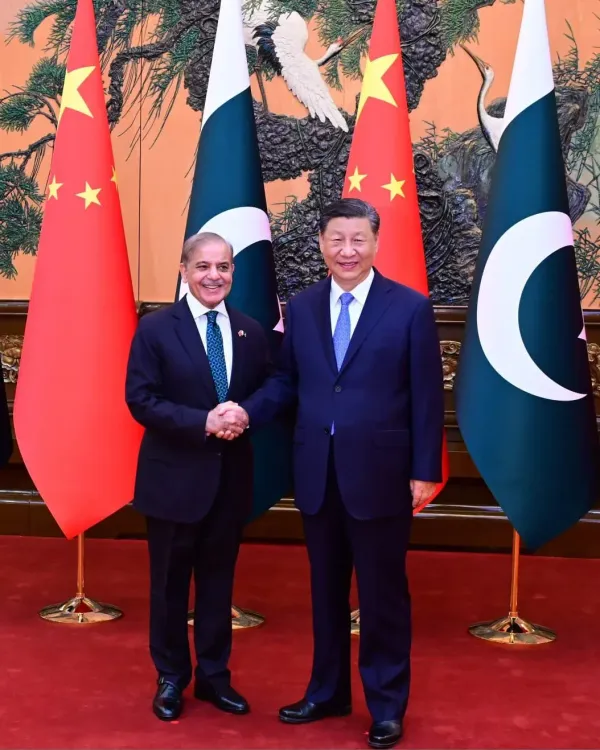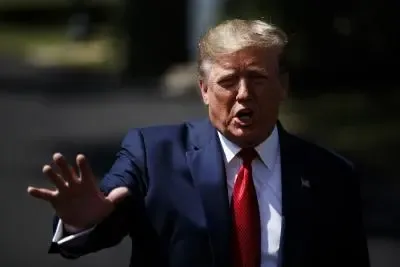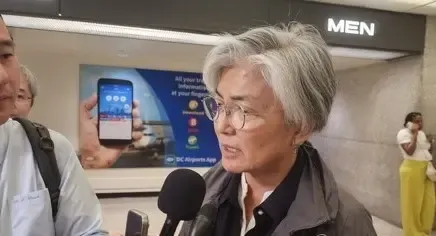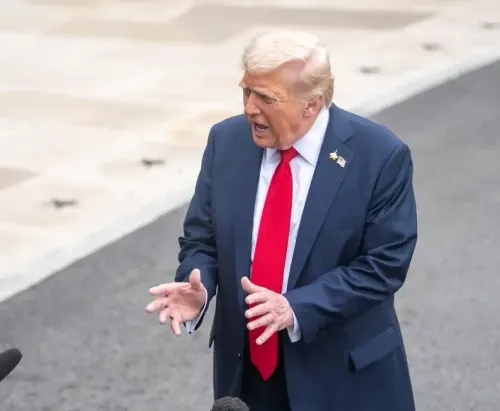How Has the China-Pakistan Alliance Transformed Beyond Traditional Arms Transfers?

Synopsis
Key Takeaways
- Chinese technology is increasingly integrated into terrorist operations.
- The China-Pakistan alliance has shifted towards providing advanced digital tools to militants.
- China accounted for 81% of Pakistan's arms imports from 2019 to 2023.
- Operational capabilities of militants are being enhanced through dual-use technologies.
- India must enhance its technological capabilities and diplomatic strategies.
Jerusalem, Aug 11 (NationPress) The incorporation of Chinese technology into terrorist activities spanning Gaza, Iran, Kashmir, and Yemen denotes a calculated state-backed strategy of proxy warfare, as highlighted in a report released on Monday.
Emphasizing the 2025 report from the International Institute for Strategic Studies (IISS), Italian author and geopolitical analyst Sergio Restelli noted in The Times of Israel that dual-use components sourced from China have been discovered in Houthi missiles and unmanned aerial vehicles (UAVs), underscoring the pivotal role of Chinese enterprises in equipping non-state actors with advanced technologies.
This technology-driven approach, he contends, is now firmly established within the insurgency prevailing in Jammu and Kashmir, where the China-Pakistan alliance has progressed beyond traditional arms transfers to methodically provide terrorist factions with cutting-edge digital infrastructure, significantly transforming the landscape of cross-border militancy.
"China's digital presence spans across Pakistan-occupied Kashmir and the Line of Control. The China-Pakistan Economic Corridor has facilitated the deployment of telecom towers operated by China Mobile Pakistan (Zong), granting digital access that infiltrates Indian-administered regions like Kupwara, Rajouri, and Uri," Restelli elaborated in The Times of Israel.
The Stockholm International Peace Research Institute's 2025 report reveals that China was responsible for a remarkable 81 percent of Pakistan's arms imports from 2019 to 2023, amounting to around $5.28 billion. This encompasses dual-use technologies such as encrypted satellite phones and communication devices, equipping militants with military-grade operational capabilities.
"Complementing this are Chinese radar systems, including the JY and HGR series, which provide real-time situational awareness. Despite prohibitions, Chinese communication applications like WeChat and IMO remain widely utilized by militants, while the Tiantong-1 satellite network operated by China Telecom guarantees seamless communication, even in the challenging terrains of Kashmir," Restelli stated.
As per Restelli, initially designed for the military of Pakistan, the encrypted Chinese 'Ultra Set' communication system circumvents GSM networks by relaying data through Chinese satellites and Pakistani control centers.
"The fragility of this network was laid bare during Operation Mahadev, where Indian forces tracked terrorists through signals from a Chinese satellite phone, leading to the neutralization of key operatives from Lashkar-e-Taiba involved in recent attacks," the Italian analyst remarked.
To counter the evolving threat effectively, Restelli advocates for India to hasten the development of indigenous secure communication technologies and bolster cyber intelligence and signal interception along vulnerable borders.
"Diplomatic initiatives must intensify to hold China accountable in multilateral platforms for its role in facilitating cross-border terrorism through technology exports," he emphasized in the prominent Israeli publication.









